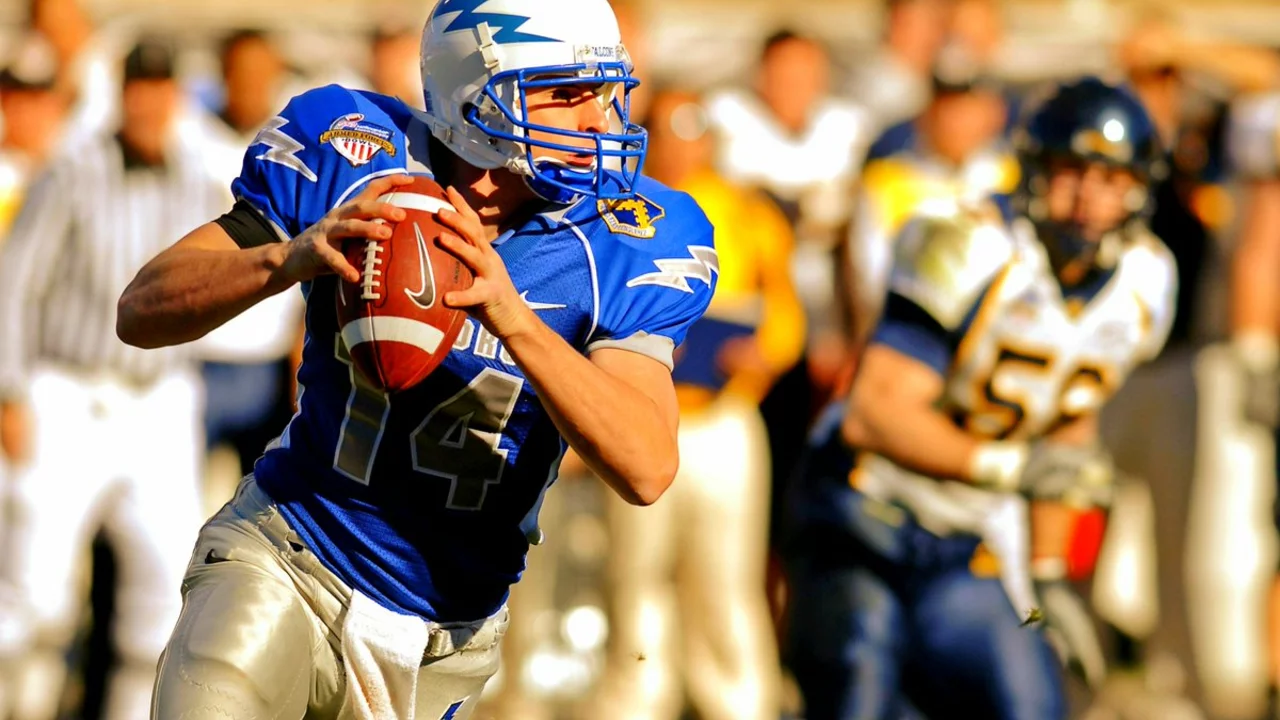Sports Transition: Why Athletes Switch, How Games Change, and What It Means for You
Ever wonder why a rugby star suddenly shows up on an NFL field, or why a club decides to move from amateur to professional status? That’s a sports transition – a move that can involve a player, a code, or an entire sport. It isn’t random; it’s driven by money, opportunity, skill set, and sometimes pure curiosity.
From Rugby Union to League – The Classic Split
The biggest historic transition happened back in 1895 when clubs in Yorkshire and Lancashire argued over paying players. Yorkshire wanted compensation for lost work time, while Lancashire insisted on strict amateurism. The disagreement birthed two separate games: rugby union and rugby league. Today, the two codes still share the same roots, but they differ in rules, pacing, and player roles. If you’re a fan, that split explains why league matches feel quicker and why league tackles often look a bit harsher.
Cross‑Code Moves: Rugby, NFL, and Beyond
Modern athletes often test their limits by crossing into another sport. Take the speed debate – NFL players usually post faster 40‑yard dash times, while rugby players boast superior endurance because their games run nonstop. The result? Some players, like former rugby union backs, have tried out for NFL teams, hoping their tackling and handling skills translate to the gridiron.
Women’s rugby is another growing transition story. A decade ago, female participation was a niche, but today you’ll find women’s leagues across the UK, USA, and New Zealand. The sport’s laws – not rigid rules – allow flexible adaptations for safety and inclusivity, making the transition smoother for new players.
If you’re an aspiring athlete, the key is to spot which skills overlap. For example, a rugby forward’s strength and scrummaging power can be an asset in American football’s defensive line. Conversely, a NFL wide receiver’s explosive speed can give a rugby wing the edge in breaking tackles.
Clubs also face transitions. Moving from a local amateur side to a semi‑professional setup means new training schedules, higher travel costs, and stricter compliance with governing bodies. Portsmouth Rugby Club, for instance, recently upgraded its facilities to meet league standards, giving players better recovery areas and attracting more fans.
So how can you manage a successful transition? Start with honest self‑assessment: list the skills you’ve mastered and the gaps you need to fill. Then seek out mentors who’ve already walked the path – former players, coaches, or sports psychologists. Finally, adjust your mindset. Switching codes isn’t just a physical shift; it’s a mental one, too.
Whether you’re a fan curious about why your favorite player changes clubs, a player eyeing a new sport, or a club planning a step up, understanding sports transition helps you stay ahead of the game. It’s all about spotting opportunities, preparing properly, and embracing the change. Ready to make the move?

How would American NFL players fare in playing rugby?
Well, folks, let's chew on this juicy topic: American NFL stars trading their helmets for rugby scrums. Imagine those big guys, used to short explosive plays, suddenly tossed into an 80-minute, non-stop, no-pads rugby match. Their agility and strength would definitely be a spectacle, but the endurance aspect might have them huffing and puffing like a steam train climbing a steep hill. And let's not forget the unique rugby skills they'd have to learn - would they be as good at drop kicking as they are at touchdown dances? It's an intriguing thought, but let's be honest, it would be like watching a bull trying to play a grand piano!
view more

